Need of Steam Traps
Steam Trap
A steam trap is an automatic device that discharges condensate generated during processes and in steam transport lines while preventing any steam from escaping ('trapping' the steam).
Need of Steam Trap
Steam is formed when water vaporizes to form a gas. In order for the vaporization process to occur, the water molecules must be given enough energy that the bonds between the molecules (hydrogen bonds, etc.) break. This energy given to convert a liquid into a gas is called 'latent heat'.
Steam-based heating processes use latent heat and transfer it to a given product. When the work is done (i.e. steam has given up its latent heat), steam condenses and becomes condensate. In other words, condensate does not have the ability to do the work that steam does. Heating efficiency will therefore suffer if condensate is not removed as rapidly as possible, whether in steam transport piping or in a heat exchanger.
So, in order to improve the quality of steam and heating efficiency of steam, steam trap is must.
Earlier Period
During initial period condensate is drained manually instead of steam trap, the valve will be adjusted the manually to drained the condensate.
However the manual valve is not in the position to respond for the variation of parameters of Steam/Condensate to discharge the condensate accordingly.
So, hence throttling of manual valve for draining the condensate is not viable.
Later on steam trap has been introduced to discharge the condensate properly with response of steam/condensate condition (Load/Pressure/Temperature/ETC…….)
Importance of Steam Traps
Steam Traps are key to system optimization, major function of the steam trap to keep the steam dry and improve the heat transfer efficiency of steam.
Major Function of Steam Traps
- Discharge the condensate
- Prevent Steam Loss
- Discharge the incondensable gases
Discharge the Condensate
Discharging of a condensate whenever occurs in the system it will help to improve :-
To keep quality of steam dry throughout the steam transport
Improve the heat transfer efficiency of a steam heating equipment
Prevent the Steam Loss : -
Steam Trap will prevent the steam loss, it will ensure the optimization of steam utilization
Discharge the Incondensable Gases :
In condensable gases in the steam system will act as a barrierfor a heat exchanger, in turn it will reduce the heat transfer efficiency and also corrodes the pipe line which in turn start leaks.
With help of steam traps the incondensable gases will be discharged automatically.
Considering the all above features, no steam system is complete without a crucial component “ Steam Trap”
Steam Trap is a most important equipment in the condensate loop, since it connect steam utilization & condensate return equipment.
Consideration of Steam Trap Selection:
Air venting
During ‘start-up’, i.e. the beginning of the process, the heater space is filled with air, which unless displaced, will reduce heat transfer and increase the warm-up time.
Due to the air in the system it will reduce the heat transfer efficiency, so it has to be discharged immediately
Here thermostatic traps have a clear advantage over some types of trap since they are fully open at start-up. Float traps with inbuilt thermostatic air vents are especially useful in heating equipment
Condensate removal
Once air has been vented the trap has to be discharge the condensate without letting steam. Leakage of steam through trap, it seems the trap is inefficient or uneconomical
Before choosing a particular steam trap it is necessary to consider the needs of the process. This will usually decide the type of trap required. The way in which the process is connected to the steam and condensate system may then decide the type of trap preferred to do the best job under the circumstances. Once chosen, it is necessary to size the steam trap. This will be determined by the system conditions and such process parameters as:
Application where the traps are to be utilized (Steam Header/Heating Equipment/Tracing Lines, etc….)
Upstream & Downstream Pressure
Condensate Load across the traps
Reliability
Good Performance of a steam traps will improve the optimization of steam in the system. .
Unreliability are often associated with the following:
Corrosion, due to the condition of the condensate. This can be countered by using particular materials of construction, and good feed water conditioning.
Water hammer, often due to a lift after the steam trap, sometimes overlooked at the design stage and often the cause of unnecessary damage to otherwise reliable steam traps.
Dirt, accumulating from a system where water treatment compound is carried over from the boiler, or where pipe debris is allowed to interfere with trap operation.
The primary task of a steam trap is the proper removal of condensate and air and this requires a clear understanding of how steam traps operate.
Flash steam
An effect caused by passing hot condensate from a high pressure system to a low pressure system is the naturally occurring phenomenon of flash steam. This can confuse the observer regarding the condition of the steam trap.
Consider the enthalpy of freshly formed condensate at steam pressure and temperature (obtainable from steam tables). For example, at a pressure of 7 bar g, condensate will contain 172 kcal/kg at a temperature of 170.5°C. If this condensate is discharged to atmosphere, it can only exist as water at 100°C, containing 100 Kcal/kg of enthalpy of saturated water. The surplus enthalpy content of 172 - 100 i.e. 72 kcal//kg, will boil off a proportion of the water, producing a quantity of steam at atmospheric pressure.
The low pressure steam produced is usually referred to as ‘flash steam’. The amount of ‘flash’ steam released can be calculated as follows:
Flash Steam Produced = Sensible Heat before the Trap (HP) – Sensible Heat after the trap (LP) / Latent heat at Lower Pressure
= 72 kcal/kg / 540 Kcal/kg = 0.134 Kg of steam per kg of condensate or 13.4 %
If the trap were discharging 500 kg/h of condensate at 7 bar g to atmosphere, the amount of flash steam generated would be 500 x 0.134 = 67 kg/h, equivalent to approximately 38 kW of energy loss!
This represents quite a substantial quantity of useful energy, which is all too often lost from the heat balance of the steam and condensate loop, and offers a simple opportunity to increase system efficiency if it can be captured and used.
Types of steam traps:
Various types of Traps has been developed to discharge the condensate automatically with help of the following three basic mechanism, an all three are classified by International Standard ISO 6704:1982.
Thermodynamic (Dynamic)
Mechanical (Density)
Thermostatic (Temperature)
Thermodynamic (operated by changes in fluid dynamics)
The trap operates by means of the change inDynamic effect of condensate & flash steam as it passes through the trap. These types of trap specially design to discharge condensate from Steam header immediateafter it forms. Main aim in this type of operation is to drain out the condensate immediately. These traps are very much compact, lightweight, have very simple mode of operation. These have a blasting operation and discharge condensate at almost steam temperature
Working Principle:-
Initially condensate at steam pressure raises the disc and goes out through outlet ports. As it expose to comparatively low pressure, it flash, High flash steam velocity create low pressure zone at bottom of disc, some part of flash steam accumulate above disc and forced to disc down and weight of disc acts together to shut the disc over seat, and trap stop discharge condensate. As the flash steam above the disc condense, by means of latent heat dissipate to ambient through trap cover, disc again raises by condensate load the cycle repeat
Mechanical (Operated by changes in Fluid Density) :-
The trap operates by sensing of the change in density of condensate and steam. These types of traps especially design to discharge condensate from Steam heating equipment. Density of water is much denser than steam. There is one moving part that floats on water but not in steam. There are two type of traps basically used in industries.
Ball Float Trap:
Discharge condensate continuously. One SS circular ball float fix inside the circular trap cover. At start-up float rest at bottom and trap in close condition. When condensate reaching to the trap, the ball float rise (floating over condensate),lifting the valve off its seat and releasing condensate. Continuous condensate flow keep trap continuously open. As condensate stop, float will rest at bottom, trap close once again. A water seal not allow passing live steam at outlet. These types of traps have Steam Lock Release (SLR), Automatic Thermostatic Air Vent (TV) facility.
Inverted Bucket Trap:
Discharge condensate intermittently. One Metallic Bucket upside down fix inside the trap cover. At start-up float rest at bottom and trap in open condition, trap discharge condensate. When live Steam reaching to the trap low density steam cause bucket float and rise, valve inside trap close the outlet orifice. Once again when condensate reach at the trap it force bucket to sink, at that time live steam inside the bucket release through hole top of the bucket and bucket sink down, trap open and discharge condensate. Operation repeats.
Thermostatic (operated by changes in fluid Temperature): –
The trap operates by sensing of the change in temperature of condensate. These types of trap specially design to discharge condensate from Steam Tracing Line. This type of trap discharge condensate at 20 °C lower temp than saturation temp at operating pressure. One special type of fluid having almost parallel pressure Vs evaporation temp curve with water (up to a certain pressure) use in this trap. These traps are very much compact, lightweight.
Working Principal:
Fluid use in Thermostatic Steam trap having 20?C less evaporation temp than water / condensate at same pressure. This fluid keeps in a metallic bellow capsule over orifice. On start-up fluid remain in liquid state in capsule and capsule is in contracted position, trap is open and discharge condensate. When condensate at steam temperature reach at orifice, fluid inside capsule vaporizes, vapor pressure increase, capsule expands and closes the trap. Once again, when condensate near capsule cool up to 20 °C less temp than saturation temp, fluid inside capsule condense and capsule contract and trap discharge condensate.

 Aerated Concrete Block Industry
Aerated Concrete Block Industry 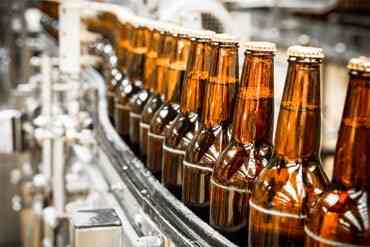 Brewery Industry
Brewery Industry 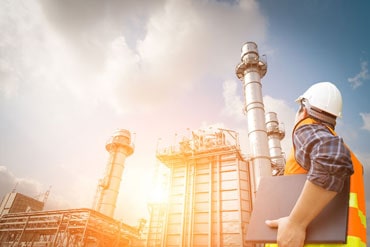 Captive Cogen Industry
Captive Cogen Industry 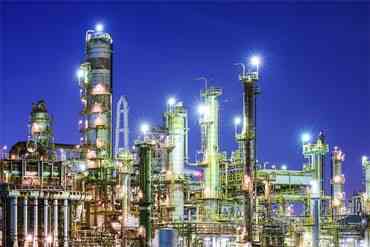 Chemical Industry
Chemical Industry  Dairy Industry
Dairy Industry 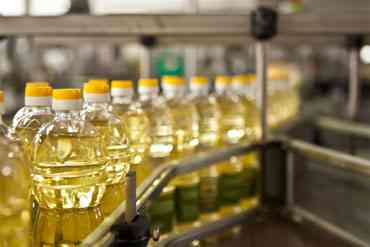 Edible Oil Industry
Edible Oil Industry 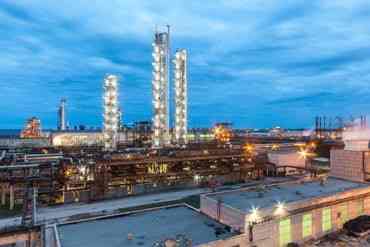 Fertilizer Industry
Fertilizer Industry  Hotel Industry
Hotel Industry 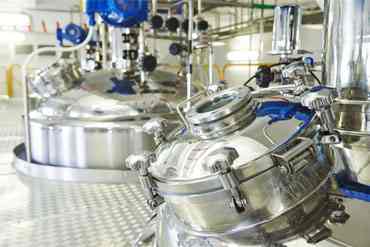 Pharma Industry
Pharma Industry 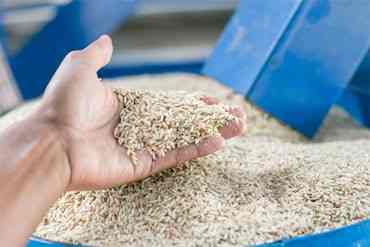 Rice Industry
Rice Industry 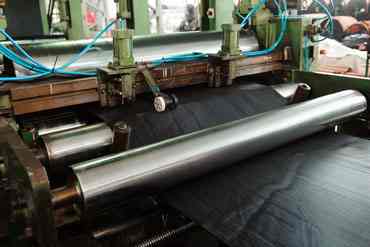 Rubber Industry
Rubber Industry  Soap Industry
Soap Industry 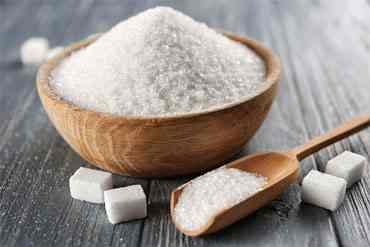 Sugar Industry
Sugar Industry  Textile Industry
Textile Industry 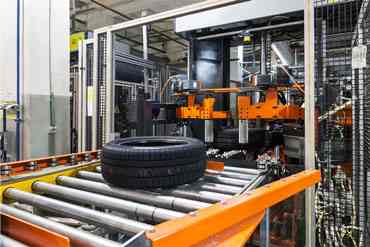 Tyre Industry
Tyre Industry